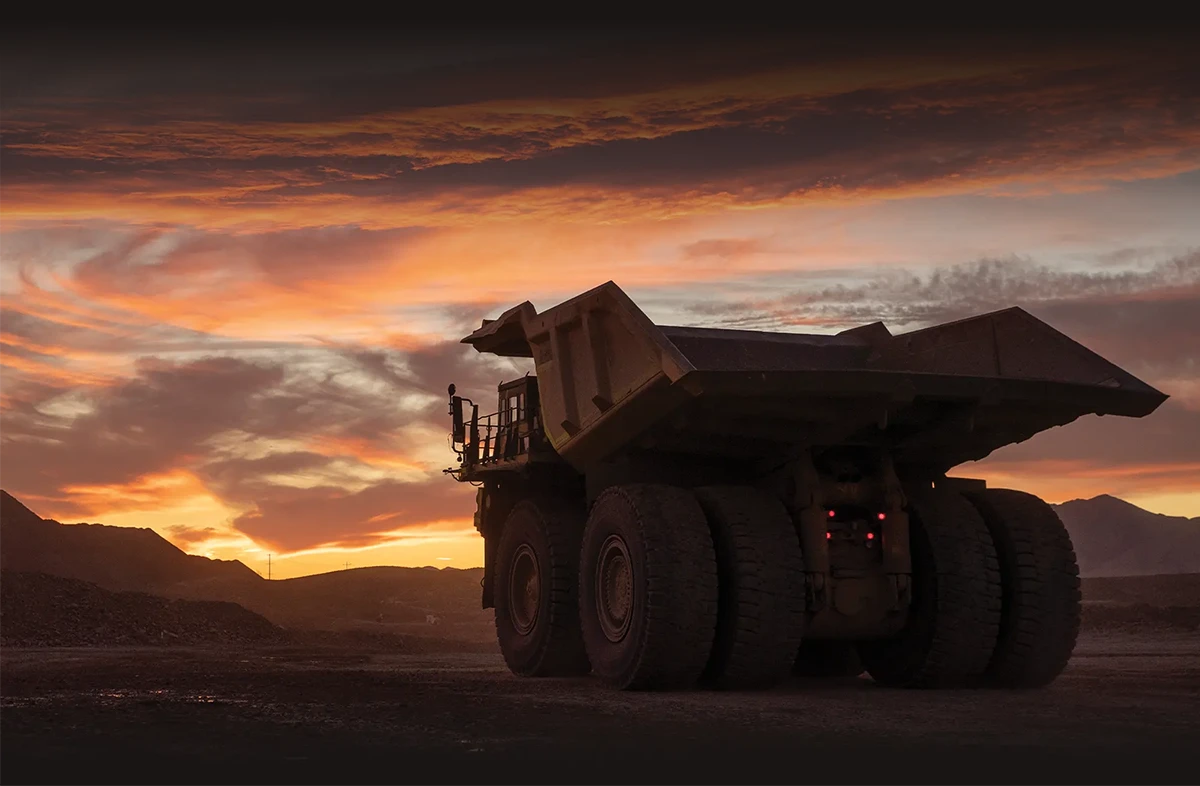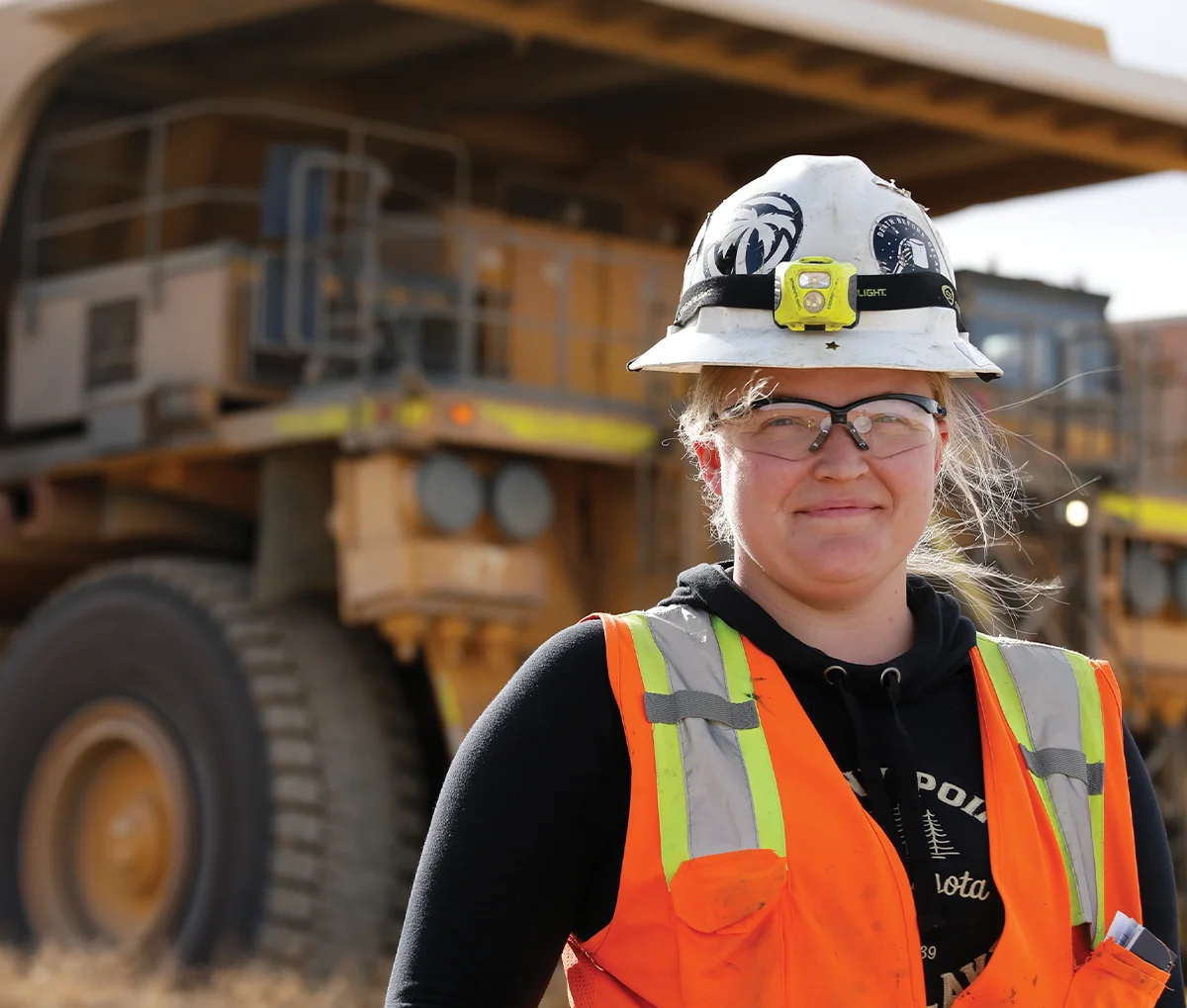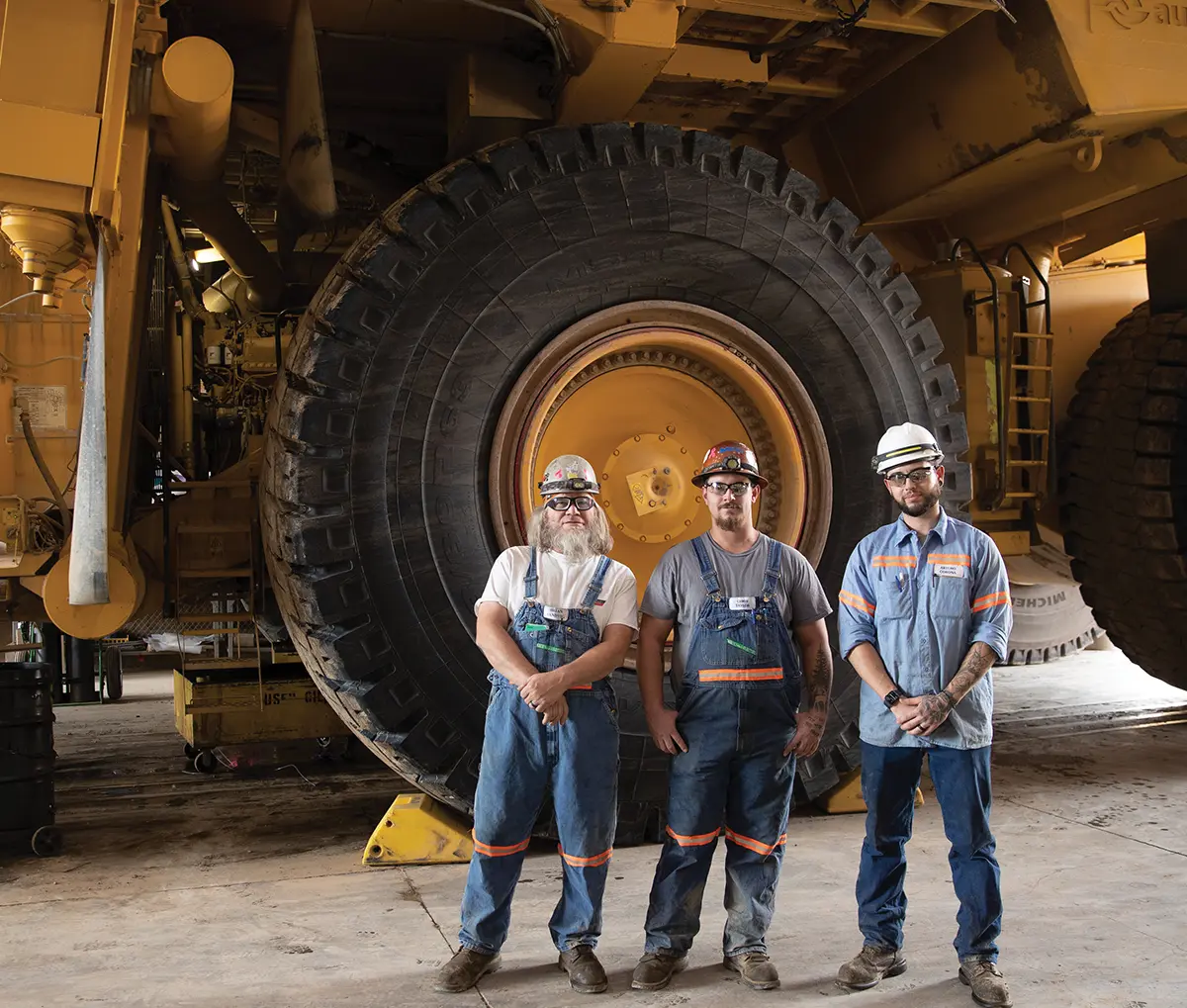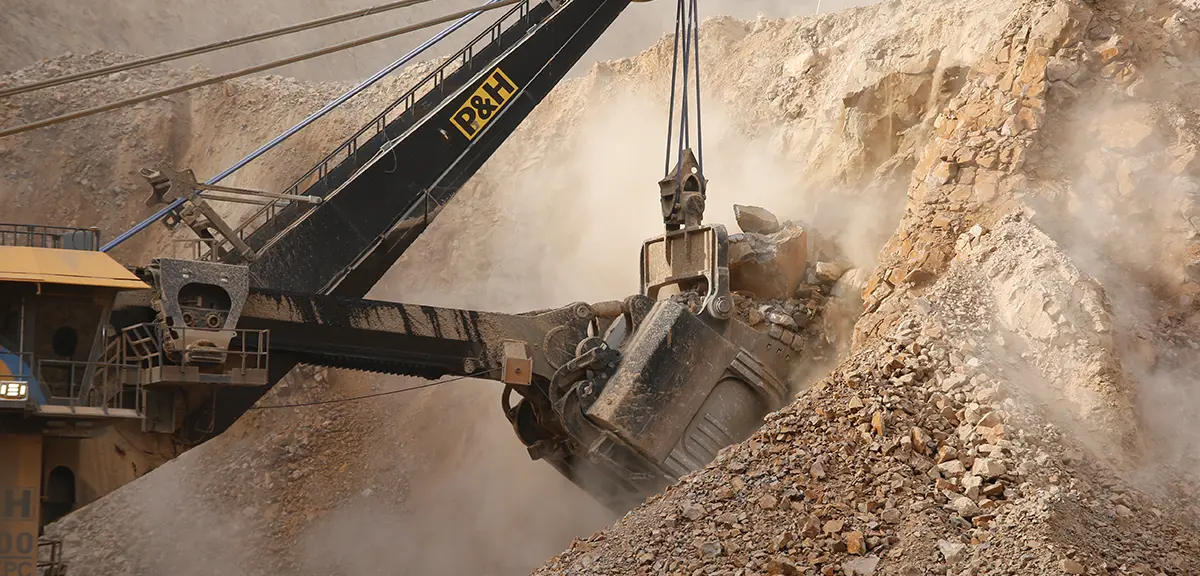
veryone has a camera in their pocket these days, yet photography remains a viable profession for full-time shutterbugs, whether they’re capturing portraits, documenting events, or shaping a company’s image. Professional photographers are masters of storytelling, and businesses benefit from their services. These experts have more than a good eye; they have training, tools, and techniques that ensure that pictures are worth a full 1,000 words across different media platforms.
“Photography” and “taking pictures” are used interchangeably, but the terms don’t necessarily mean the same thing. The painstaking detail of composition, lighting, focal length, and color distinguish a capital “P” photographer from a hobbyist with a smartphone.
“We help curate brands and create authentic looks for our clients that are not achievable with stock photos or camera phone photos,” says Amber Johnson, owner of Amber Johnson Photography in Anchorage. “I remind potential clients that their photos are representative of their brands, and if people don’t like what they see on a website or social media, they will go somewhere else.”
The setup for the session depends on the image they hope to capture. If a business wants, say, candid photos of employees and equipment in the field, photographers use different equipment and techniques than they would in a studio session, where they don’t have to worry about the weather or external distractions and can create elaborate setups. During the post-production stage, a photographer can refine images via color correction, exposure adjustments, and the removal of blemishes, distractions, and other imperfections.
Sure, most smartphones have cameras with a “pro” setting where the user can manually adjust the ISO (sensitivity), shutter speed, exposure, white balance, and more. Likewise, basic camera editing tools can erase background objects and minor imperfections. Hobbyists often don’t see the difference between a smartphone camera and a dedicated digital camera in an image, but professionals can detect the telltale differences.
Pros tend to use interchangeable lenses, not out of stodgy tradition but for the flexibility of focal lengths and perspectives. That pushes them toward dedicated digital camera bodies rather than smartphones. Being more robust and more sensitive, especially in low-light conditions, cameras produce a higher image quality than a mobile phone.
At the same time, smartphone cameras have come a long way. Lenses have improved, as have the sensors, focus, stabilization, and software. With these advancements, smartphone cameras require minimal technical knowledge to get a usable picture even in marginal lighting conditions. Built for communication, smartphone cameras connect seamlessly with internet platforms and include video capabilities that reach high frame rates and 4K resolution. And they fit in a pocket.
“There’s a saying in the industry that the best camera is the one that you have with you,” says Judy Patrick, owner of Judy Patrick Photography in Wasilla. “To me, the smartphone has replaced the point-and-shoot. Smartphone software-driven lenses can’t compete with actual lenses on dedicated cameras—everything in a smartphone camera comes from software—but it depends on what you want to use it for. If you’re looking for a quick picture for social media, it works just fine for that.”

Judy Patrick Photography

High-quality digital photos are about more than just megapixels, Johnson says, but she acknowledges that high-resolution images, depending on the file format, provide greater flexibility during post-production and can be resized for multiple platforms.
In her view, quality comes from the eyeball behind the lens. “A professional photographer has the eye and creativity to control lighting, composition, and make sure people, items, and pertinent elements are in the scene before the shoot,” says Johnson.
She says that many times she has come across websites for Alaska businesses filled with stock photos taken outside the state. And while stock photos work in some circumstances, Johnson says it’s important that local businesses portray themselves as distinctly Alaskan.
Patrick adds that a photographer also ensures that model release forms are signed and filed prior to starting a session. Likewise, a photographer makes sure people are wearing appropriate clothing and gear. “More than once, I’ve seen a quick social media picture where people aren’t wearing safety gear or PPE [personal protective equipment] like they’re supposed to,” says Patrick. Specializing in industrial photography, Patrick is credentialed for unescorted access on the North Slope.
Even a seemingly simple headshot benefits from a professional photographer’s eye. Sarah Lewis, owner of Sarah Lewis Photography in Fairbanks, says designing a good headshot session is more than backdrops and good lighting. She says many people, particularly women, are anxious or feel self-conscious about having a close-up photograph taken. The key is making the subject comfortable and able to enjoy the process.
“I have looked at so many LinkedIn profiles and thought they could better present themselves with a professional headshot,” says Lewis. “A badly lit selfie from a smartphone isn’t as professional.”
Lewis can think of other reasons to hire a professional photographer. Unless a business has dedicated archive, the risk of losing images is higher. If multiple employees are contributing photos taken from their smartphones, the originals could get lost if they aren’t all backed up to a single location. And if a phone crashes before a backup can occur, the photos are lost permanently.
Professional photographers maintain an archive of all their jobs, allowing clients to request any image years after the session. Most importantly, hiring a professional photographer allows everyone to either enjoy an event or attend to their own tasks without worrying about taking photos too.
Despite all the benefits of professional-grade cameras, Lewis says some photography professors are teaching technical classes on achieving the best results from smartphone cameras. Although she, too, believes that smartphones have a place in a professional kit, and that the best equipment is what you have, she resists the idea that smartphones can do the heavy lifting of dedicated cameras in professional settings.
Judy Patrick Photography

For Lewis, AI can be troublesome, especially if people are generating entire images from scratch and then passing them off as authentic pictures. She says she sees such counterfeits daily on sites like Amazon, where people use generated photos to represent their product; on restaurant websites that conjure simulations of the food they serve; and even for headshots where the subjects look unrealistically beautiful and are dressed in clothes they don’t even own. At its worst, AI is the opposite of the authenticity that professional photographers strive for.
Lewis is also leery of people who engage in what she terms “cosmetic photoshopping” on social media. Though photographers commonly use editing software for color corrections and to remove blemishes and distractions, she says there is a whole group of people who will shave pounds off their subject’s bodies or completely alter their facial appearance prior to publishing a picture. She says this trend really grew when Instagram allowed people to use advanced filters.
Lewis says she drew a line in the sand right away when she started a photography business. She had no issues retouching photos so her subjects look their best, as long as they remain authentic to the original. She does take issue with extreme changes, especially if a client has taken one of her photos and altered it without her permission.
Patrick has mixed feelings about AI. She says she uses AI very little, usually to supplement an existing photo-editing technique, but never to generate an image.
“I would be resentful of that,” says Patrick. However, “For the most part, I don’t like it when I hear people say they’re scared of the future or AI is going to take their jobs.”
That said, instead of choosing photography as a career path, Patrick encourages aspiring Ansel Adamses to consider a career in video production instead. She says there is a bigger demand for video than for still photography in Alaska. The number of professional photographers has decreased in the past decade, she points out, but the number of assignments for photographers is still the same. She feels the bar is getting lower for professional photographers, and fewer people can recognize a well-composed photo.
Johnson feels photographers can benefit from AI, but problems with authorship, copyright, and origin need to be addressed. She says generative AI tools can be fantastic for editing photos of an item, such as a dress that comes in additional colors. She says AI saves her from having to photograph each different-colored item individually.
“The best thing is to learn more about AI,” says Johnson. “If you don’t constantly evolve, you get stuck in the past and can’t give your clients what they need.”